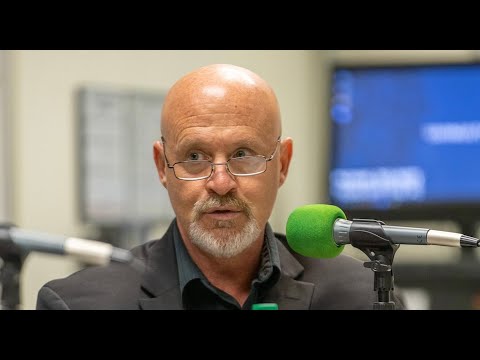news, crime, Ombudsmans report, police, Aboriginal, arrests
Police need key performance indicators built into their $170 million annual contract with the ACT government to act as a powerful lever to deliver better outcomes for Aboriginal and Torres Strait Islander people, according to Winnunga boss Julie Tongs. The ACT’s Winnunga Nimmityjah Aboriginal Health Service head said that without the transparency and accountability of KPIs in the financial contract between the Australian Federal Police and the ACT government, “we will just see more reports and more recommendations, and nothing done”. This week, the ACT Ombudsman released its investigation into local police engagement with the Aboriginal and Torres Strait Islander community, initiated in part by complaints received over how front-line police dealt with indigenous people. The report made nine recommendations for police, including encouraging people when dealing with police to identify themselves as Indigenous. That was particularly galling to Ms Tongs, who said that Aboriginal people don’t want to self-identify to police “because it means they get treated like criminals”. “The same problems exists out at the jail,” Ms Tongs said. “If you identify as an Aboriginal or Torres Strait Islander, the system gets skewed against you, so people just don’t do it.” Ms Tongs believed the “system was broken” and the latest Ombudsman report clearly showed that the police initiatives to deliver better outcomes for Aboriginal and Torres Strait Islander peoples were not working. In his timely response, Assistant Commissioner Gaughan acknowledged that engagement “can always be improved”. ACT police have promised the recruitment of a third Aboriginal liaison officer and to use the learnings from its current pilot program to inform “an expanded and ongoing vulnerable persons’ hub for all Canberrans, including Aboriginal and Torres Strait Islander peoples”. Aboriginal and/or Torres Strait Islander people in Canberra are significantly over-represented in the ACT criminal justice system, locked up at 19 times the rate of non-Indigenous people, and diversion rates are low. Our journalists work hard to provide local, up-to-date news to the community. This is how you can continue to access our trusted content:
/images/transform/v1/crop/frm/silverstone-ct-migration/bc0b29dc-1554-4cda-b55d-2436c52d1289.jpg/r2_0_728_410_w1200_h678_fmax.jpg
Police need key performance indicators built into their $170 million annual contract with the ACT government to act as a powerful lever to deliver better outcomes for Aboriginal and Torres Strait Islander people, according to Winnunga boss Julie Tongs.
The ACT’s Winnunga Nimmityjah Aboriginal Health Service head said that without the transparency and accountability of KPIs in the financial contract between the Australian Federal Police and the ACT government, “we will just see more reports and more recommendations, and nothing done”.
This week, the ACT Ombudsman released its investigation into local police engagement with the Aboriginal and Torres Strait Islander community, initiated in part by complaints received over how front-line police dealt with indigenous people.
The report made nine recommendations for police, including encouraging people when dealing with police to identify themselves as Indigenous.
That was particularly galling to Ms Tongs, who said that Aboriginal people don’t want to self-identify to police “because it means they get treated like criminals”.
“The same problems exists out at the jail,” Ms Tongs said. “If you identify as an Aboriginal or Torres Strait Islander, the system gets skewed against you, so people just don’t do it.”
Ms Tongs believed the “system was broken” and the latest Ombudsman report clearly showed that the police initiatives to deliver better outcomes for Aboriginal and Torres Strait Islander peoples were not working.
In his timely response, Assistant Commissioner Gaughan acknowledged that engagement “can always be improved”.
ACT police have promised the recruitment of a third Aboriginal liaison officer and to use the learnings from its current pilot program to inform “an expanded and ongoing vulnerable persons’ hub for all Canberrans, including Aboriginal and Torres Strait Islander peoples”.
Aboriginal and/or Torres Strait Islander people in Canberra are significantly over-represented in the ACT criminal justice system, locked up at 19 times the rate of non-Indigenous people, and diversion rates are low.
Our journalists work hard to provide local, up-to-date news to the community. This is how you can continue to access our trusted content:







